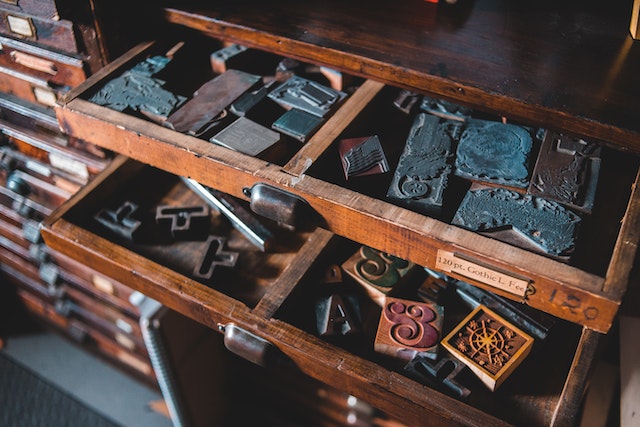Printing: a process of reproducing text or an image on paper or other materials through various techniques. Sounds simple, but its evolution has had far-reaching consequences. The history of printing is a remarkable human journey that has profoundly contributed to, and influenced human communication, knowledge distribution and consequently to the development of societies and humanity in general.
In a two-part article we explore this fascinating invention from its humble ancient origins to the modern digital age. First printing in general, then in the second part we shift our focus on music publishing and the publishers who worked with our beloved composer, Beethoven.
Ancient origins – Asia first
The origins of printing can be traced back to ancient civilizations. Humans always sought efficient ways to record information and disseminate it. From as early as 3000 BC we have evidence for primitive forms of printing. Proto-Elamite and Sumerian civilizations applied cylinder seals to certify documents. Woodblock printing, which originated in China during the Tang Dynasty (618-907 CE), was a widespread technology in this region. These woodblocks were carved with characters (or images) and then inked before being pressed onto paper or textiles. This innovation played a crucial role in the spread of Buddhism and Confucianism, as religious texts could be mass-produced. The Diamond Sutra, printed by woodblock on 11 May 868, is the earliest known printed book with a publishing date.
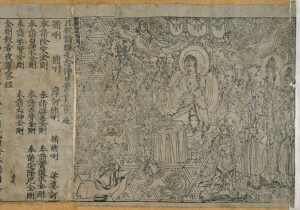
Printing technology gradually spread to other parts of Asia, including Korea and Japan, where it was adapted and improved. In Korea, metal movable type was invented by King Sejong the Great in the 15th century, significantly enhancing the efficiency of the printing process. The oldest printed book using metal movable type was the Jikji (Selected Teachings of Buddhist Sages and Seon Masters), printed in Korea in 1377.
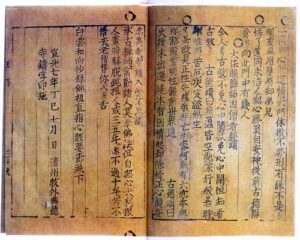
Meanwhile, in Japan, beyond the practicalities woodblock printing became a way of artistic expression, with ukiyo-e artworks (woodblock prints) gaining widespread popularity.
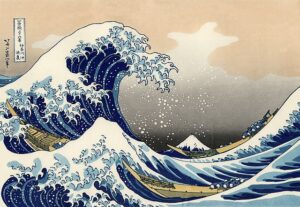
Gutenberg Press and the printing revolution
The most significant turning point in the history of printing occurred in 15th-century Europe with the invention of the mechanical, movable-type printing press by Johannes Gutenberg, a goldsmith by profession. Gutenberg’s press, it is estimated, was completed around 1440 in Mainz, Germany. His printing machine allowed for the rapid production of books and documents in large quantities, this way making them more accessible and not least affordable. Gutenberg’s press utilized a metal movable type, which could be easily rearranged to print different texts. He is also credited with the introduction of a more durable oil-based ink, rather than water-based.
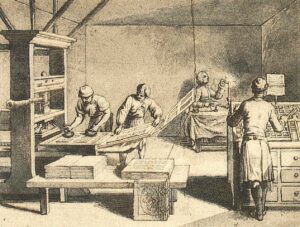
His invention revolutionized communication and paved the way for the Renaissance, the Reformation, and the spread of knowledge in general. The Gutenberg Bible (also known as the 42-line Bible or the B42) was the first major book printed using mass-produced movable metal type in Europe.
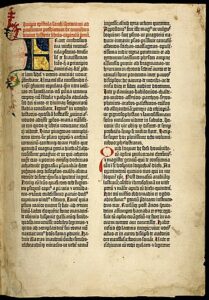
Gutenberg’s machine is often regarded as the most important invention of the second millennium.
The Enlightenment and Industrialization
The Age of Enlightenment in the 18th century further emphasized the importance of printing, heavily building on it in the spread of science and knowledge. Reason, critical thinking and scientific discoveries were shared through printed journals, encyclopedias and books, accelerating progress in all fields.
The 19th century witnessed the industrialization of printing, with the introduction of steam-powered presses and the use of paper (mostly made from wood pulp). This reduced the cost of printing and led to the mass production of newspapers, magazines, and books. Literacy rates worldwide grew significantly, being a driving force and also a market demand at the same time.
The Digital Age
The 20th century brought about yet another printing revolution with digital technologies. Photocopiers, large format ink-jet presses, offset printing (by transferring an inked image from a plate to a rubber blanket, then to paper or other media), and desktop publishing made it easier for individuals and organizations to create and reproduce printed materials. Digital printing technologies (printing directly from a file) further transformed the landscape, enabling on-demand printing (even at homes), making easy access to personalized content.
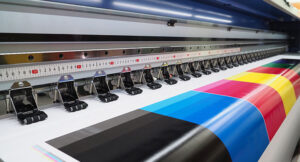
The history of printing is a testament to human ingenuity. From its humble beginnings with woodblock printing in ancient China to the digital printing technologies of today, printing has played a crucial role in shaping human civilization. It has democratized access to knowledge, fostered cultural exchange, and fueled intellectual and scientific progress.
Last but not least, printing made music scores and through them music itself available to many. The significance of this, I believe, is at least the same if not greater, than the invention of records, cassettes, CDs or music streaming (pick one based on your age). In the next article we turn our attention to these music publishers, especially the ones working with Beethoven.
